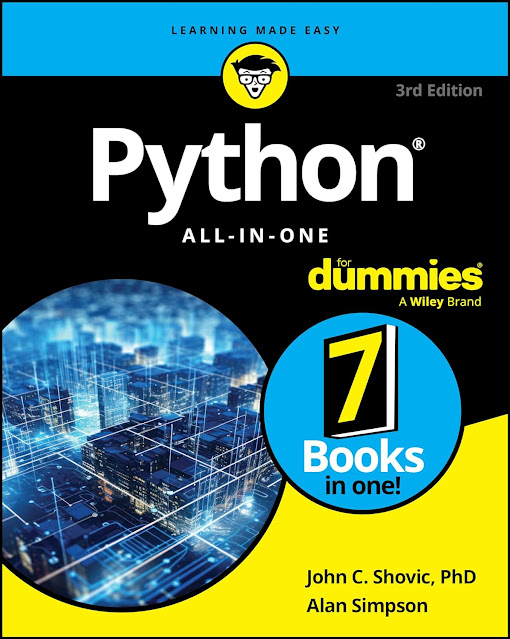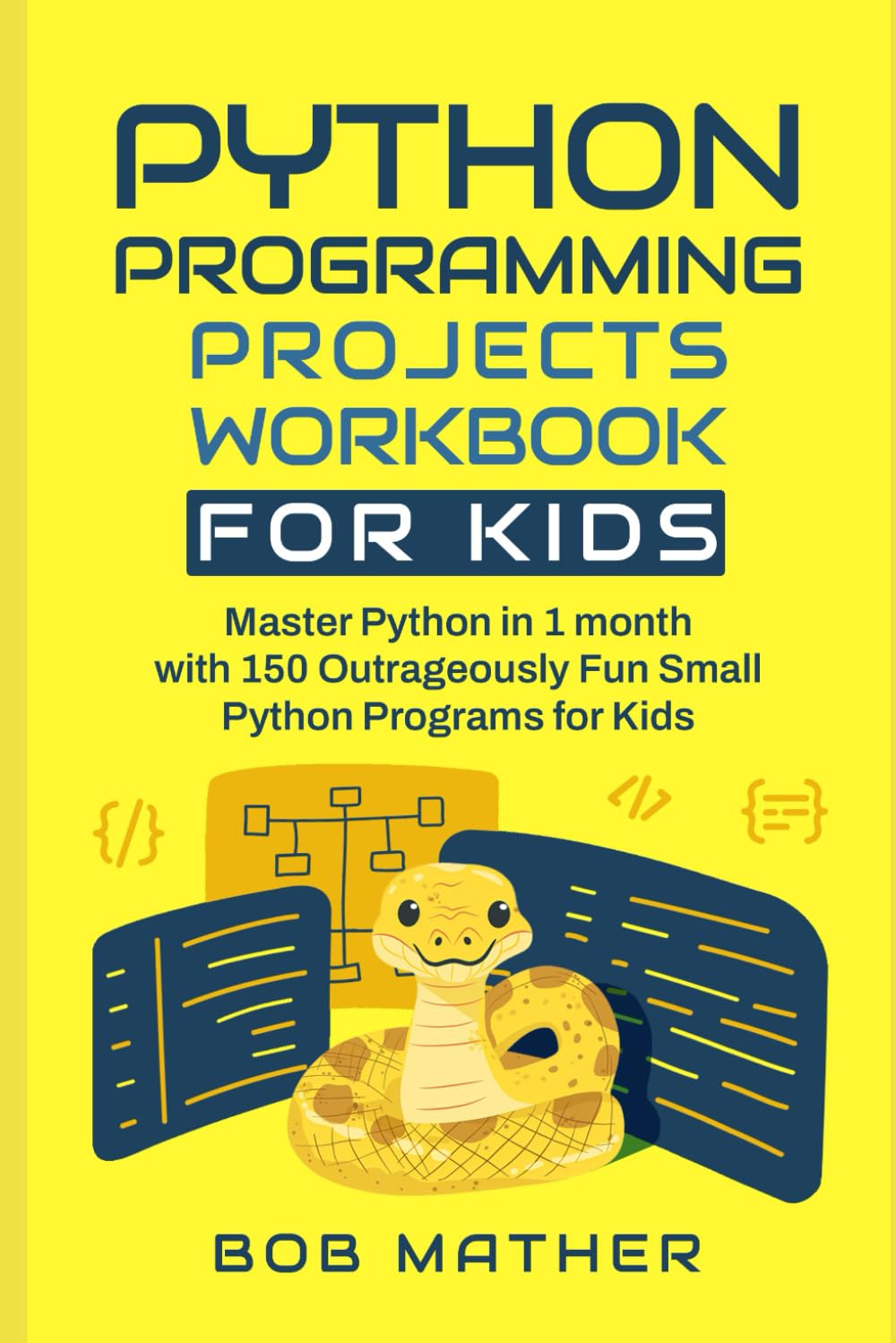Discover the power of Ethical Hacking with “Ethical Hacking with Python: The Definitive Guide to Understanding, Learning, and Applying Hacking Techniques Safely and Legally.” This handbook is your ticket into the fascinating and ever-evolving world of cybersecurity. If you are passionate about technology and wish to pursue a highly profitable career, this book is designed for you.
In an age of ever-increasing cyberthreats, the demand for cybersecurity experts is soaring. With this guide, you will gain advanced skills in Python programming, malware analysis, penetration testing, and network scanning. We will provide you with the knowledge you need to identify and protect system vulnerabilities, becoming an essential pillar for any organization.
This book is perfect for beginners and professionals who want to improve their skills. You will learn how to use essential tools such as Metasploit, Wireshark, Nmap, and Burp Suite, explore encryption techniques, and discover how to design ethical attacks to test the security of systems. Each chapter is packed with practical examples and real-world case studies, making learning engaging and applicable in the real world.
In addition to giving you a solid technical foundation, this guide prepares you for industry-leading certifications such as the Certified Ethical Hacker (CEH) and Offensive Security Certified Professional (OSCP). These certifications open doors to lucrative and challenging job opportunities, with in-demand positions such as Ethical Hacker, Penetration Tester, Security Analyst, and many others.
Don't miss the opportunity to become a cybersecurity expert and ethical hacker. With “Ethical Hacking with Python,” you will have a comprehensive and up-to-date guide to launching a successful career in an ever-expanding field. Invest in your future and become part of the community of professionals protecting cyberspace!


















.jpg)





































